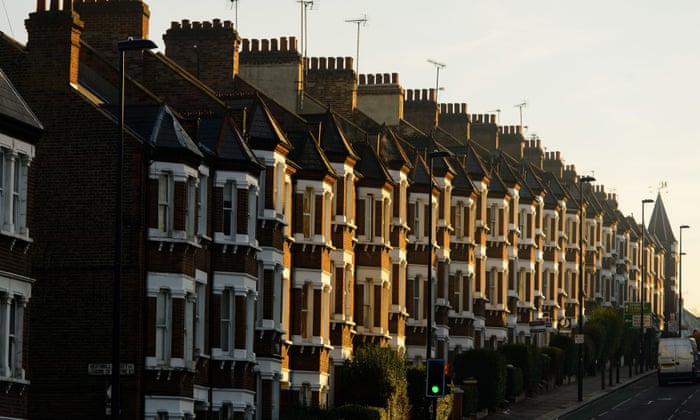UK house prices grew at their weakest annual rate in more than a year in January, in an early sign of the property market slowdown predicted for 2017.
Annual growth edged down from 4.5% in December to 4.3%, according to the mortgage lender Nationwide. It was the weakest since November 2015. On a monthly basis, the average price of a UK home edged up 0.2%, to £205,240, following a 0.8% rise in December.
Robert Gardner, Nationwide’s chief economist, said there were indications the housing market would soften in 2017, as household budgets come under pressure from higher consumer inflation at a time of weaker jobs and wage growth.
“The outlook for the housing market remains clouded, reflecting the uncertainty surrounding economic prospects more broadly,” Gardner said.
“On the one hand, there are grounds for optimism. The economy has remained far stronger than expected in the wake of the Brexit vote. However, there are tentative signs that conditions may be about to soften.
“The economy is likely to slow through 2017 as the squeeze on household budgets intensifies and heightened uncertainty weighs on business investment and hiring.”
Nationwide predicts that growth in house prices will more than halve in 2017 to 2% from 4.5% in 2016.Howard Archer, the chief UK economist at IHS Markit, said conditions for house buyers were likely to deteriorate progressively during 2017.
Inflation has already started to rise as the impact of the sharp fall in the value of the pound since the EU referendum feeds through to prices. A weaker pound makes imports from abroad more expensive. The headline rate UK inflation jumped to a two-and-a-half-year high of 1.6% in December from 1.2% in November, and is expected to rise to about 3% in the coming months.
Looking back at trends over the last 60 years, Nationwide said the biggest gains in real house prices – comparing how much faster house prices have increased compared with goods and services more generally – were made in the 2000s.
“These increases were spurred by a combination of strong and stable economic growth, a structural decline in interest rates and the further liberalisation of the financial system,” Gardner said.
“In the decades ahead, real house price trends will continue to depend crucially on developments in the wider economy, though there is an even greater degree of uncertainty around this than usual.”


